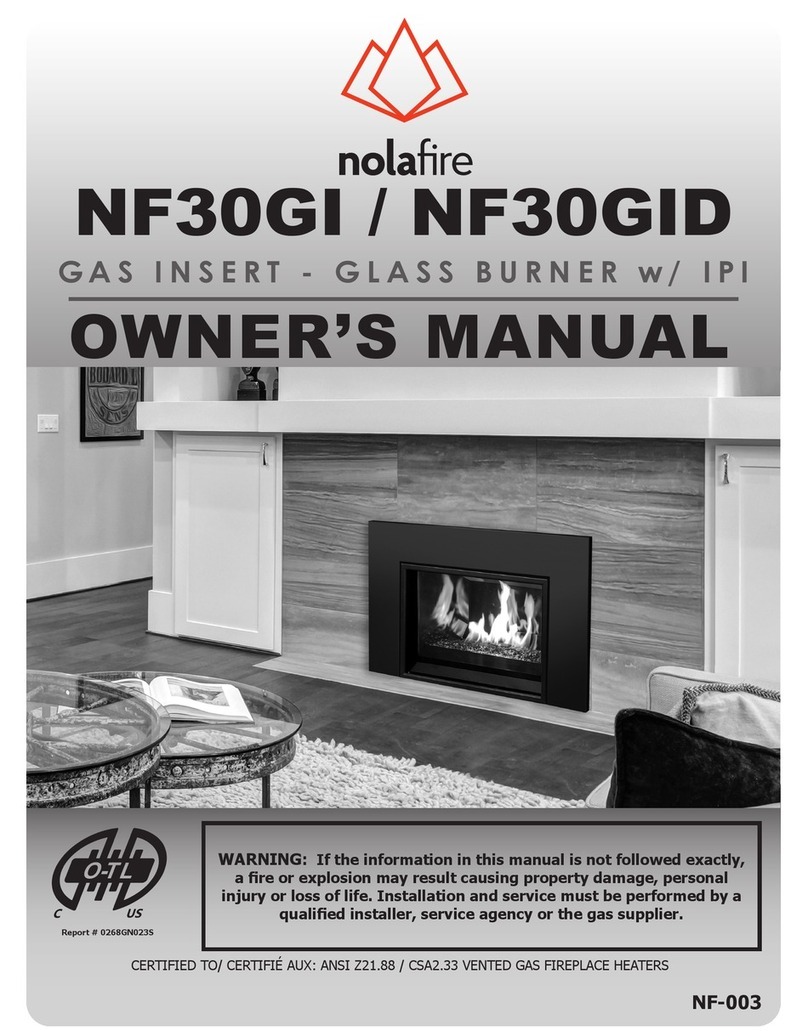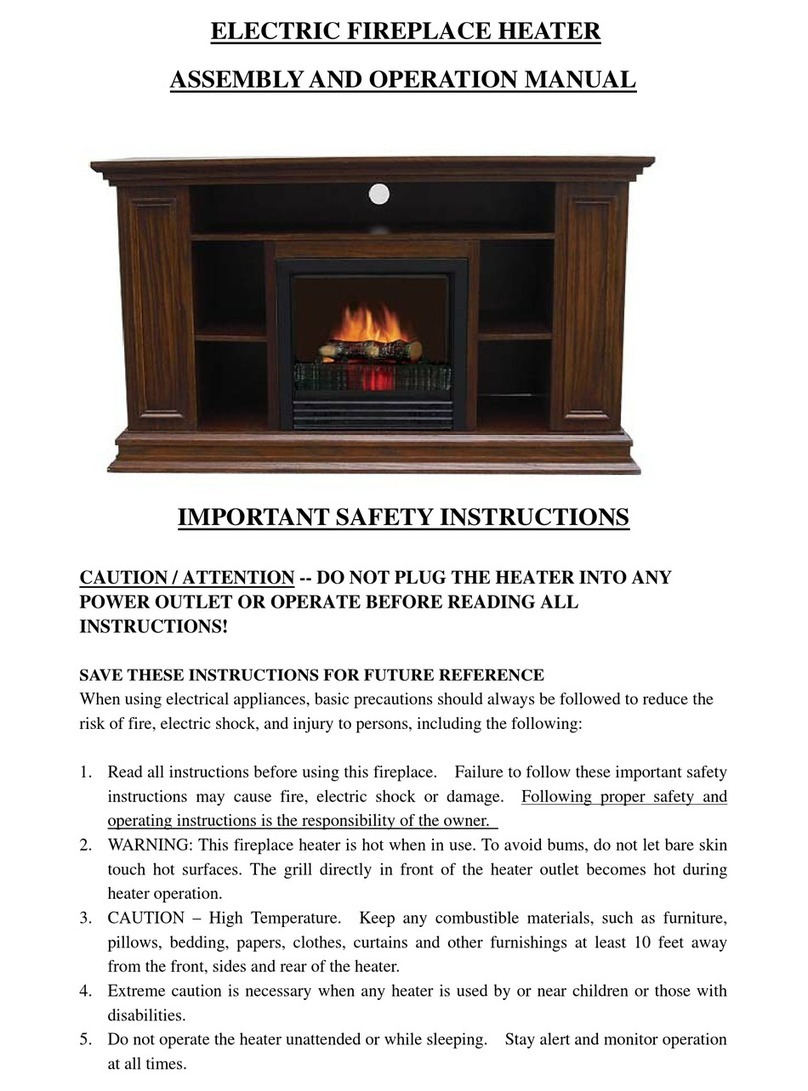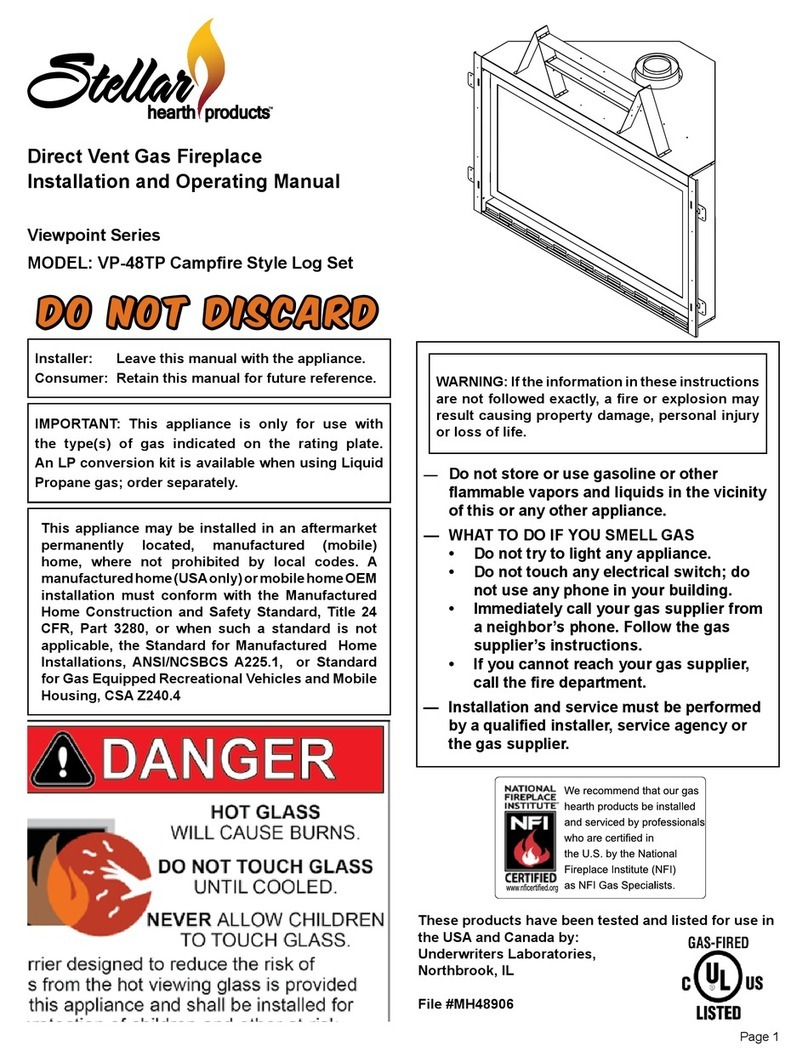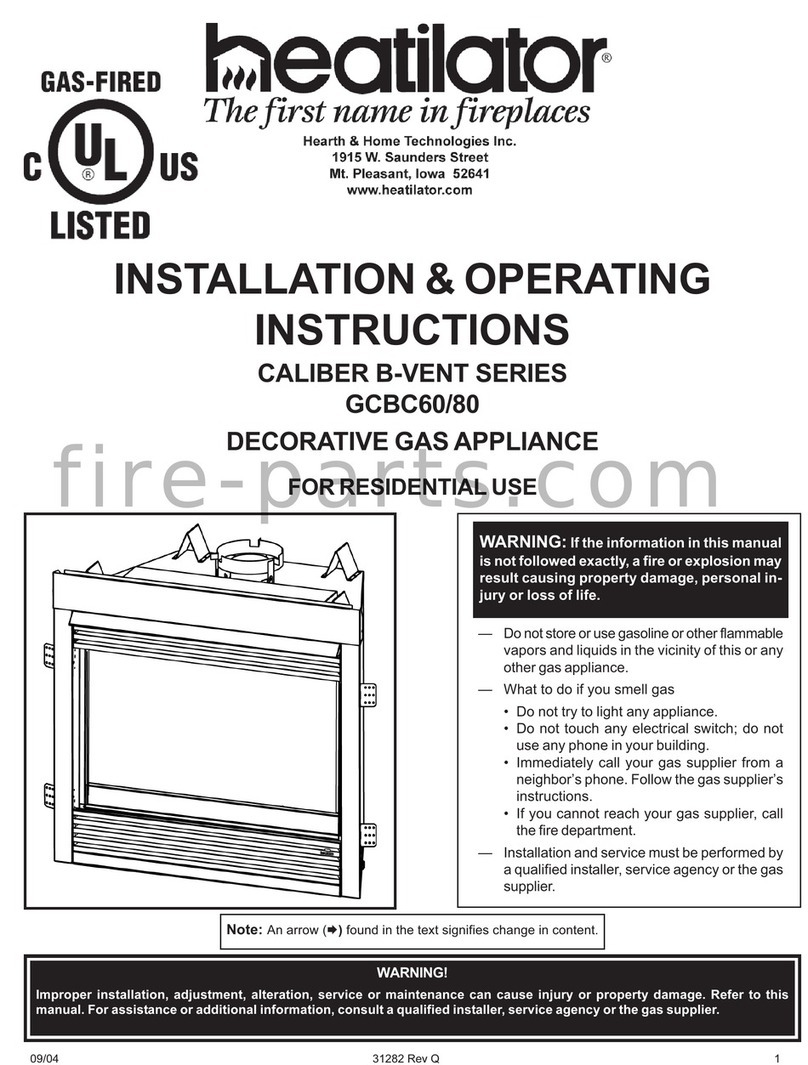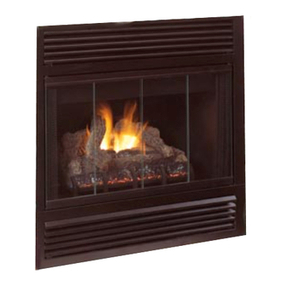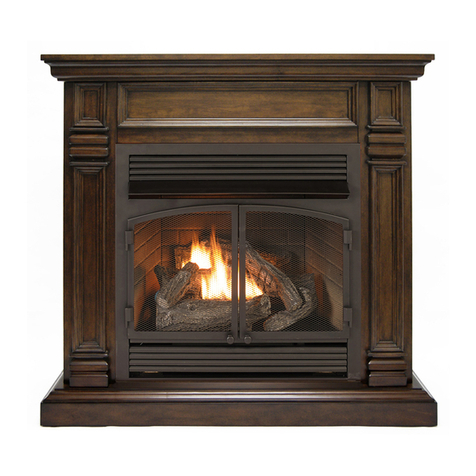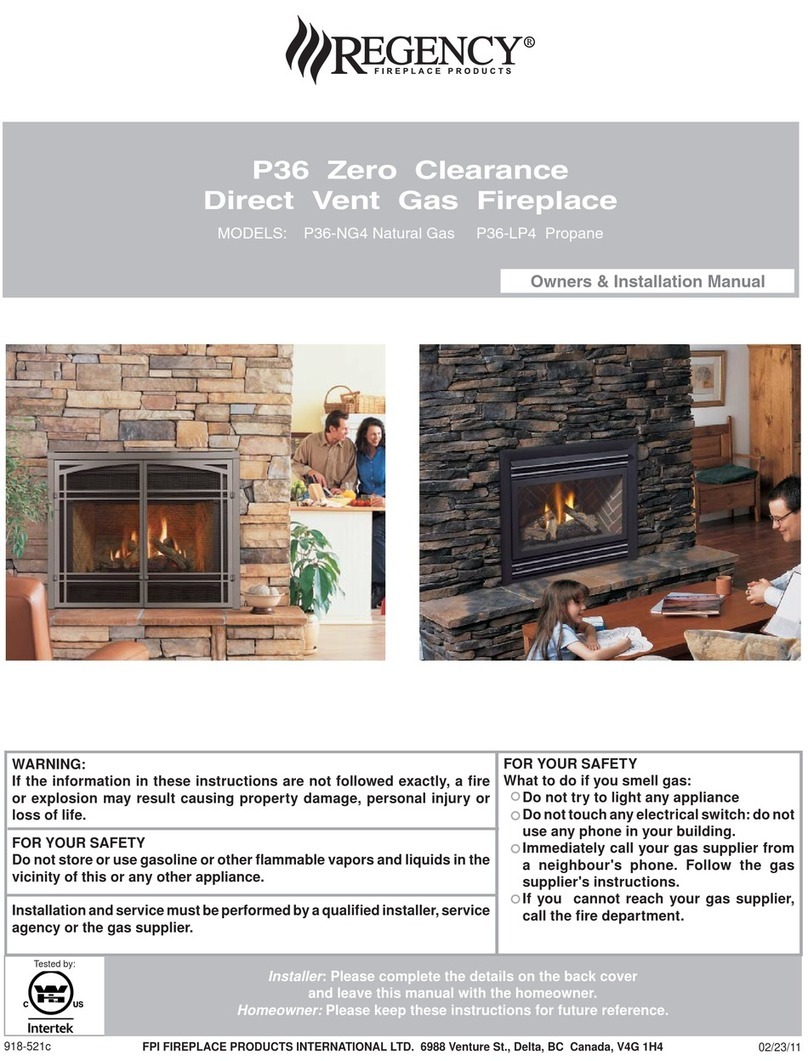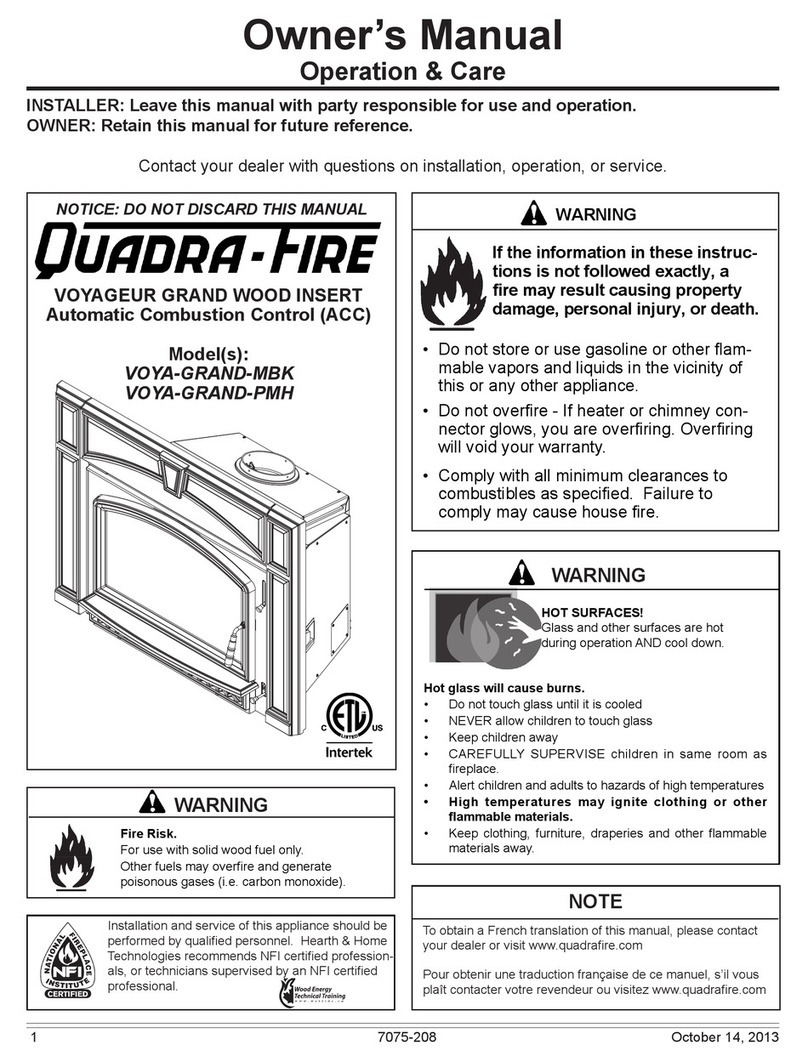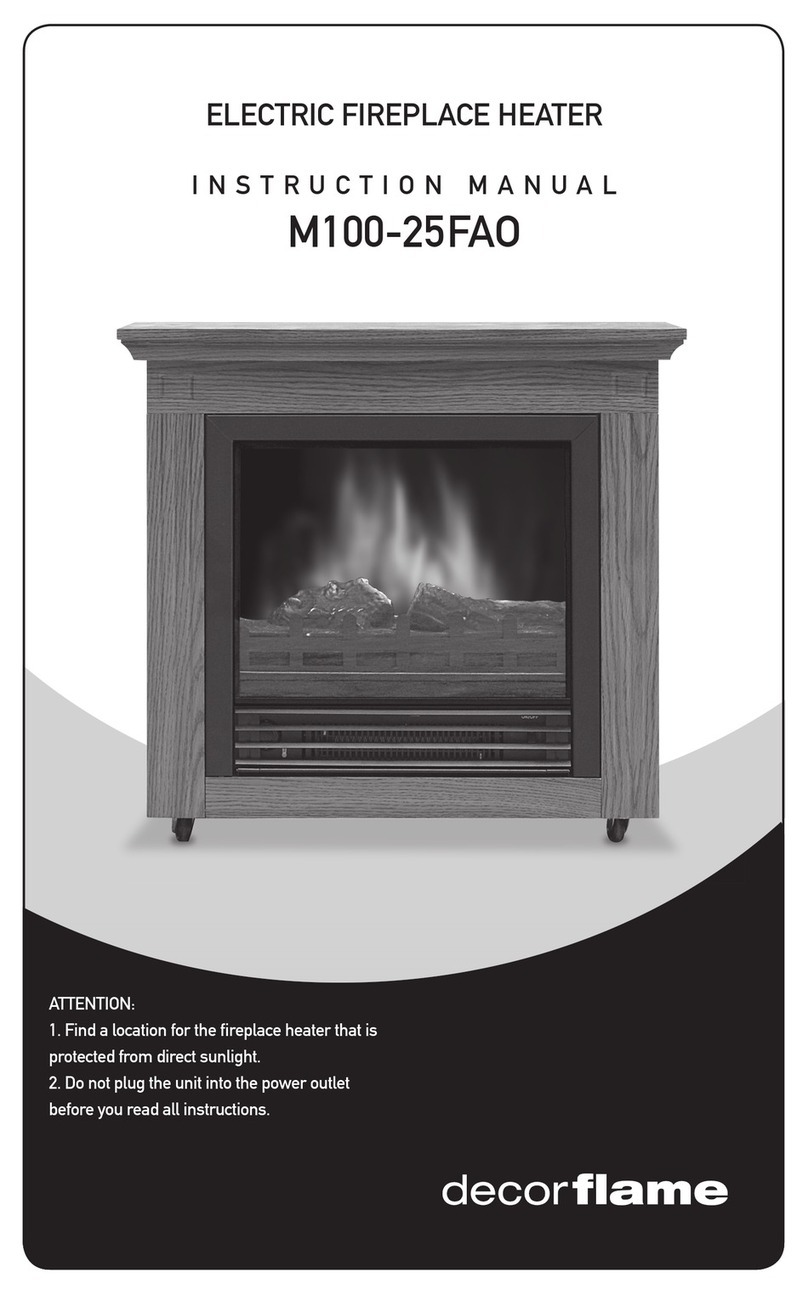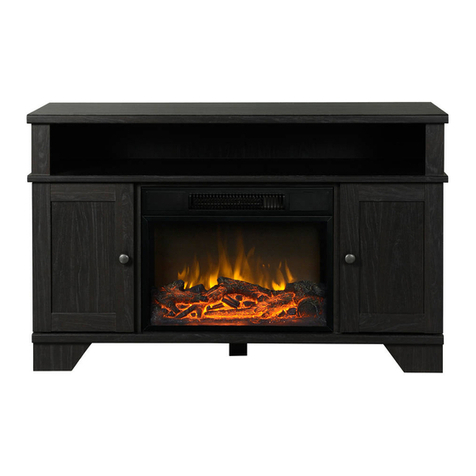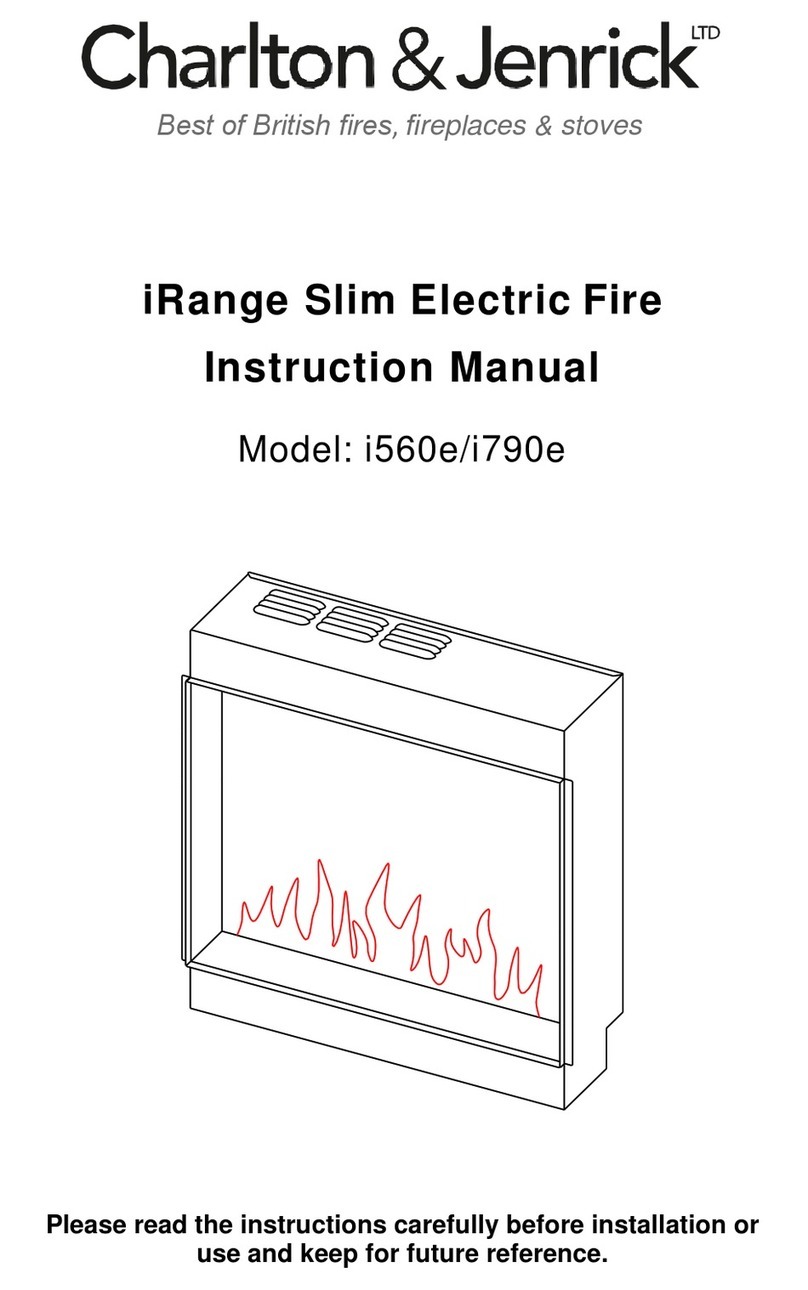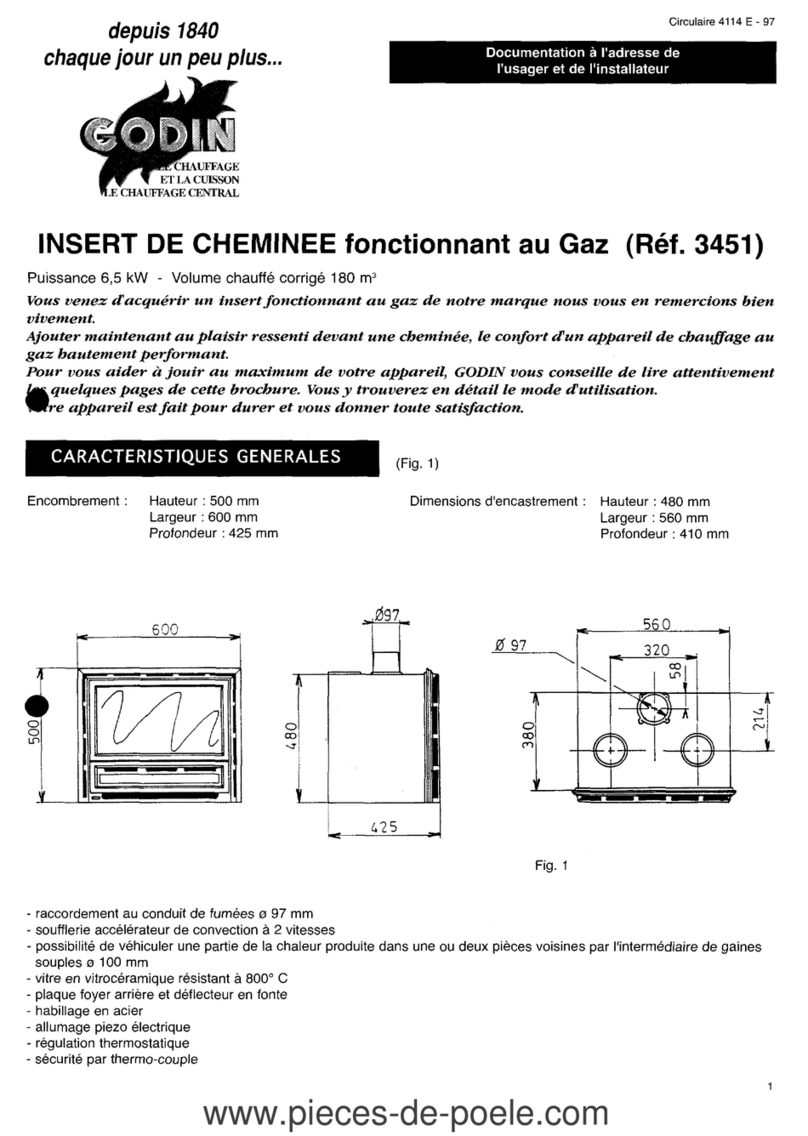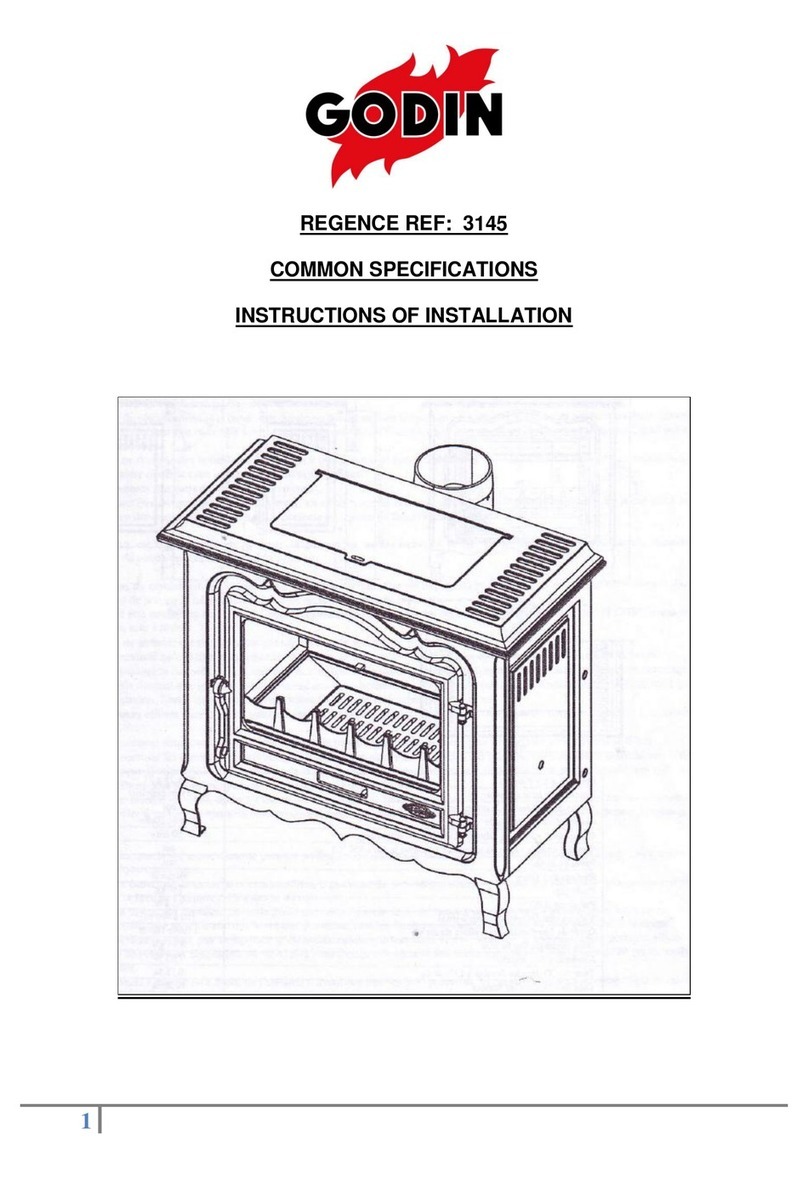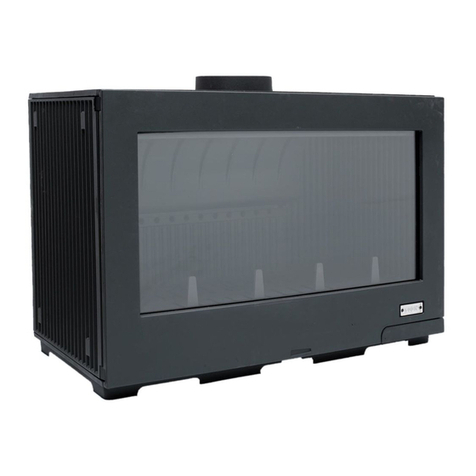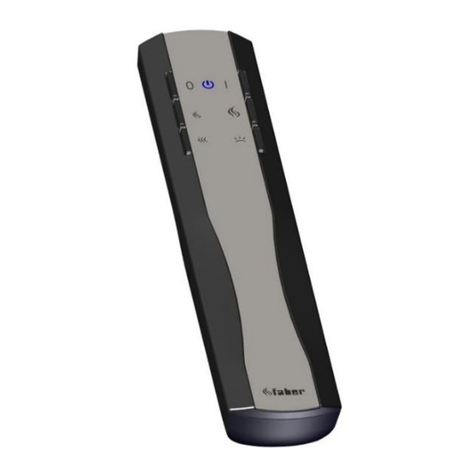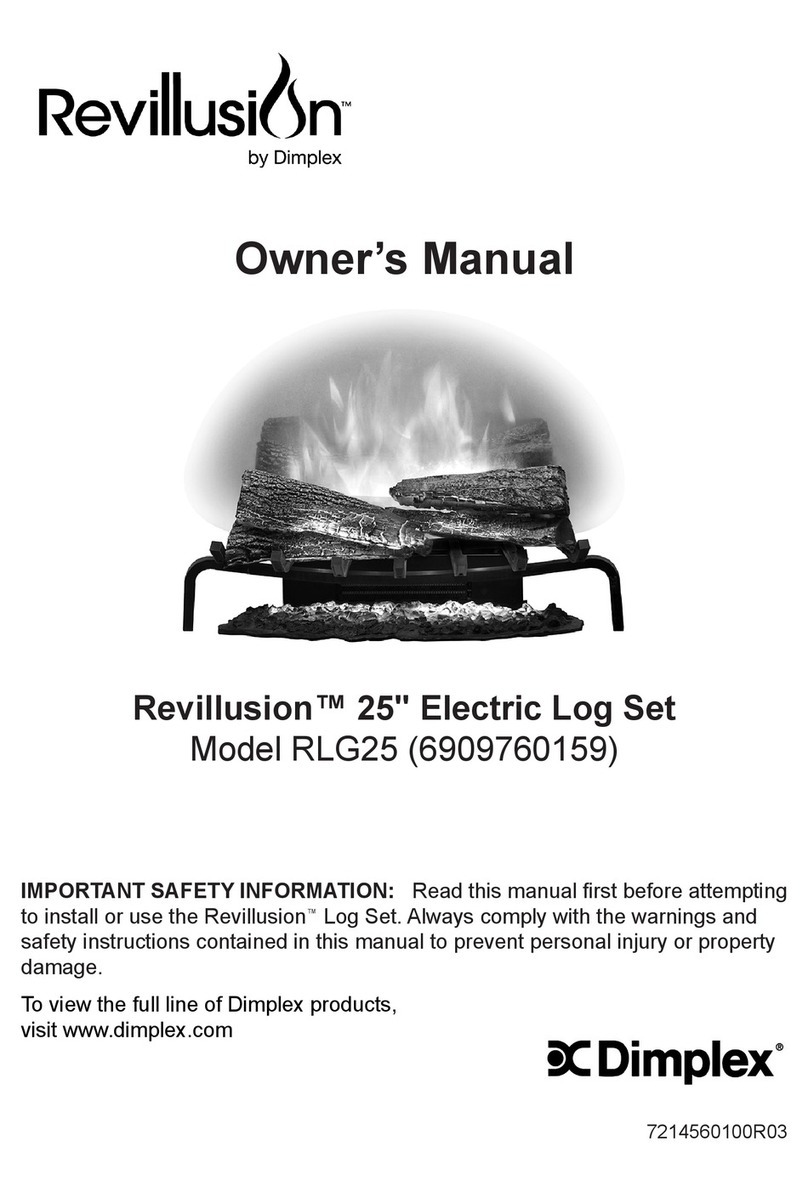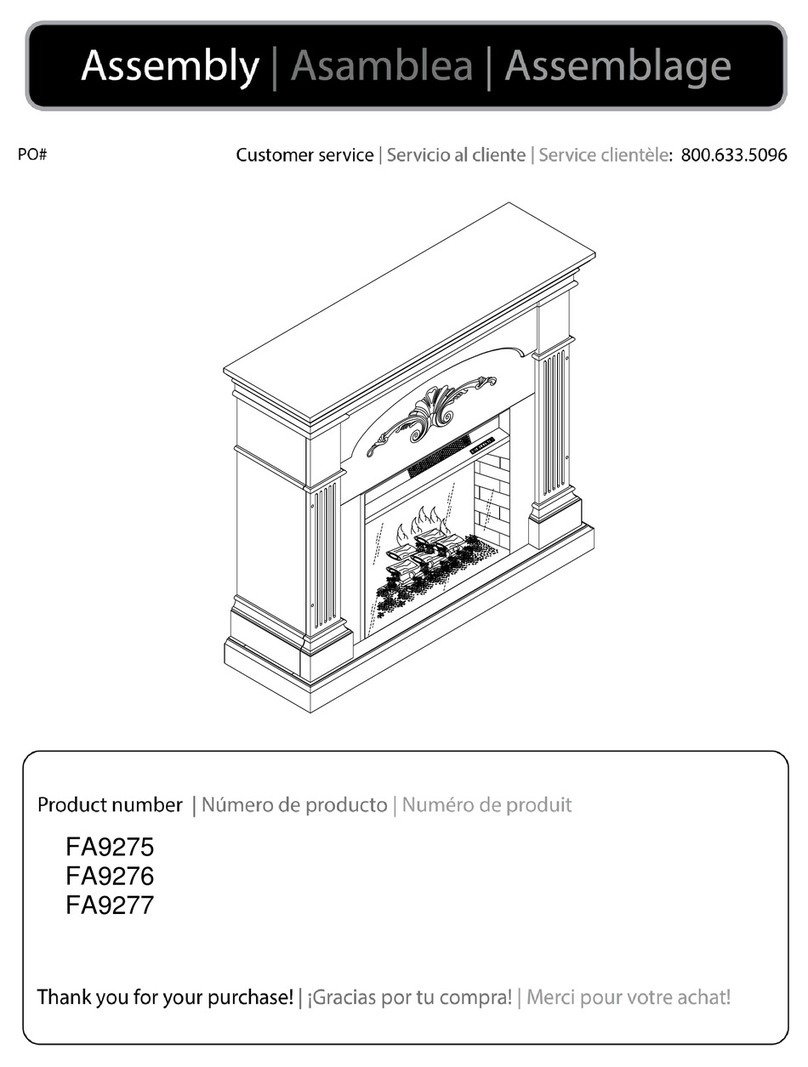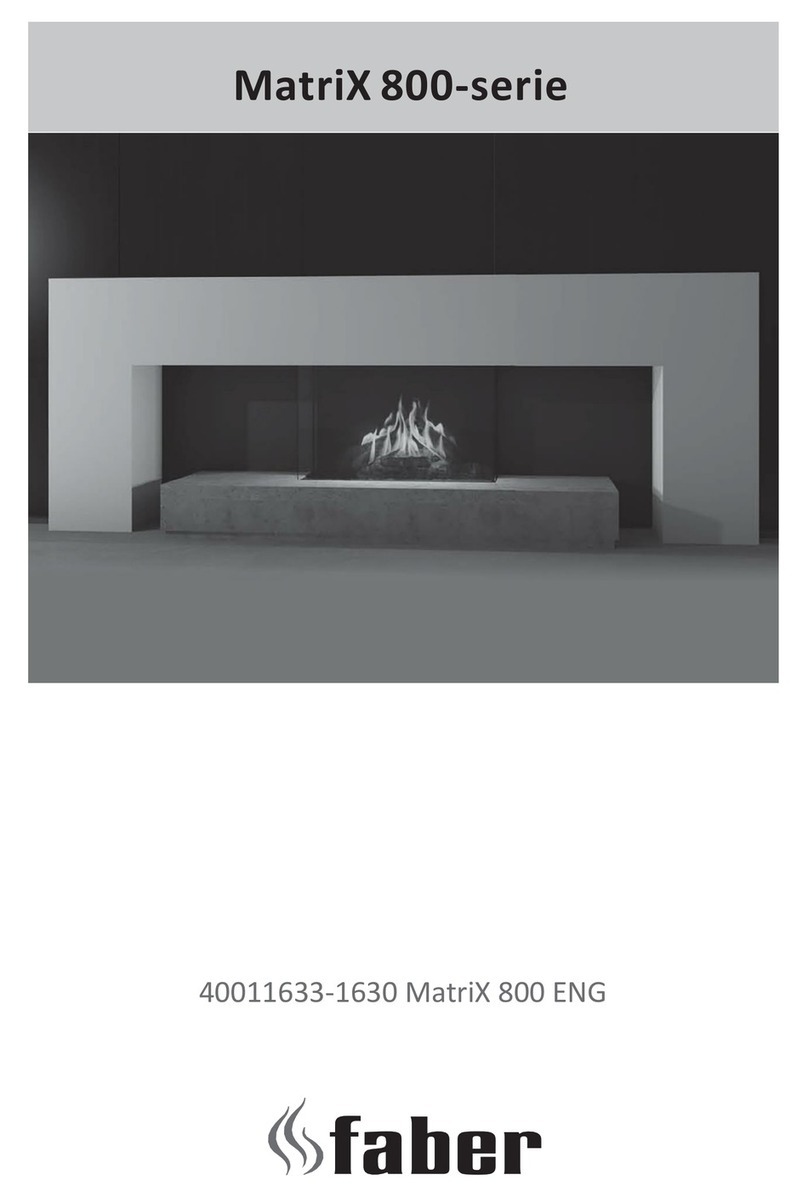
4 | P a g e
a. All material used must be non flammable or otherwise suitably insulated.
b. The supporting beam should also be positioned using a suitably heat resistant mortar-
mix. This supporting beam should be fixed to the rear wall, which will create stability for
the whole convection box.
c. The ceiling of the convection box should also be insulated. If the insulation material
has a foil covering on one side, then the foil should face inwards to the convection area.
The same would apply to the ceiling part of convection box.
d. The false ceiling within the convection box should be a minimum distance of 30cm
from the ceiling proper.
4. Installing the unit in an existing chimney:
a. If the brick work is to be modified to accommodate the unit, this should be done
by a professional
b. Any material within the cavity that could be affected by heat should be removed.
c. The unit should be connected to the chimney by using suitable double skinned
stainless steel tubing.
5. Supplementary installation recommendations:
Access trap:
a. If possible, it is recommended to allow for access to the inside of the convection
box to allow for maintenance and access to the top of the unit.
Hot air diffusers:
a. Diffusers with a cross-sectional area of not less than 500cm² must be situated not
less than 30cm from the ceiling and these must not be obstructed. One must also
take care that where the diffusers allow hot air to circulate; they cannot affect
sensitive material such as moulded ceilings, PVC, polystyrene cornices, etc.
6. Ventilation:
Convection air:
a. Circulating air for convection is of utmost importance in the chimney. This flow
of air should be as high as possible in order to avoid the accumulating hot air in
the chimney. An air intake for convection of at least 400cm², must be allowed
for. This air intake can either be situated as a slot of the base of the unit or
otherwise allowed for by using air intakes in the walls on the sides of the unit.
b. In certain units the convection air is also the air used for combustion. It is
important therefore, that the actual air intakes on the unit, are never
obstructed. In some cases this can be ensured by using flexible ducting to keep
these passages open.
c. Defuses for the convection air should be at least 500cm² in area, must not be
obstructed and should be positioned at least 30cm below the false ceiling. Two
decompression grids of 10cm² each, can be placed in the section above the false
ceiling.














